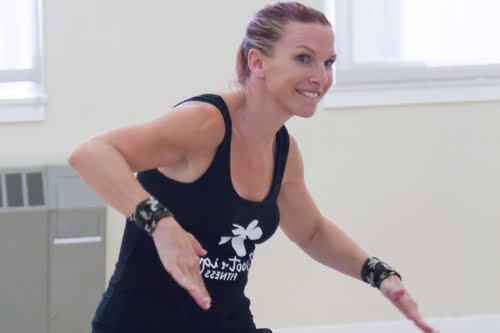The Reason Runners Have Trouble With Weight Loss
Can you out-run the scale?
Look around San Diego and you’ll find no shortage of runners. There’s no doubt that running has its perks — it’s free (well… not including the specialized running sneakers), outdoors, and you don’t really need lessons to learn how to do it! Unfortunately, if you’re running because you think it will make you thin like many of the habitual neighborhood joggers, think again.
Running math — it doesn’t always add up
There are a couple mistakes people who run for weight loss make. If you’re new to running, it might not feel great to run fast, but you’ll benefit more from intervals of walking and fast running than from a sustained very slow jog. The reason is calorie burn–unless you’re really working, you don’t burn many more calories per mile running than walking. Your lap or around the neighborhood simply isn’t a very big amount of calories. If you want to burn a lot of extra calories running, the truth is you have to run a lot more than you might think. However, running can make you feel more tired and hungry than just walking. Mentally, you might feel like you just burned a ton of energy, and eat accordingly. A 30 minute run is pretty easily offset by a big meal.
Afterburn, muscle mass, and running
Running works your cardiovascular system, and is a good way to keep your heart and lungs in good shape. What it doesn’t do, is keep burning calories after you stop running. Did you know that many runners actually move less during the rest of the day on days they run? The piece running misses is the “afterburn,” or your body’s tendency to keep burning calories throughout the day after an activity. What does lead to afterburn is strength training. Your body has to do a lot of work to repair muscle after strength training, so these sessions can actually burn more calories overall than cardio. Another advantage of strength training is building more lean muscle mass, which burns calories at a way higher rate than fat tissue. You can really accelerate weight loss by adding muscle.
Repetition and Efficiency
“Practice makes perfect.” This is especially true of running. An advantage of the human body is that we can adapt to exercise. The more we do something, not only the better we get at it, but our bodies actually learn to do less work for the same motion. This is referred to as “running economy.” If you want to win races, of course you want maximum efficiency in your movements—using less energy to travel the same distance is good for performance athletes. But when you’re running to lose weight, this backfires. You’ll start burning fewer calories per mile. If you want to keep burning the same number of calories, you’ll have to increase your distance or your speed.
Our point here is that running, by itself, is not a good weight-loss strategy for most people. You can use running as part of a broader fitness program to lose weight, but be smart about it: incorporate strength training like our boot-camp style personal training groups, alternative cardio like high intensity intervals or Dance Fitness Party, and be careful not to over-credit yourself for your runs by moving too little or eating too much.








